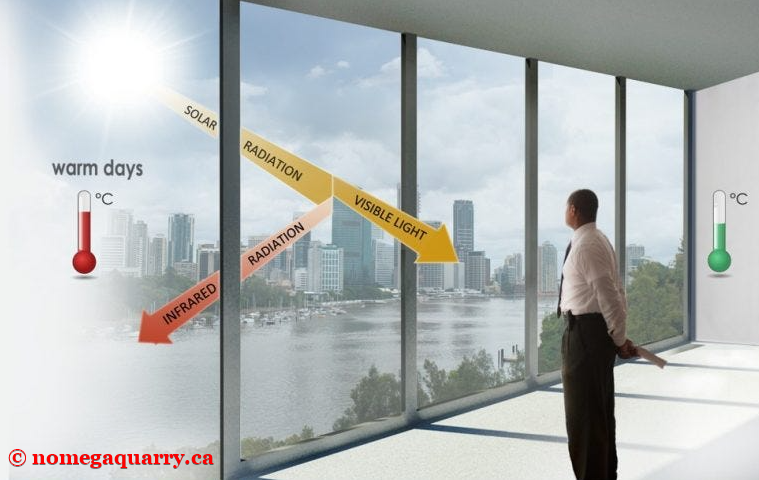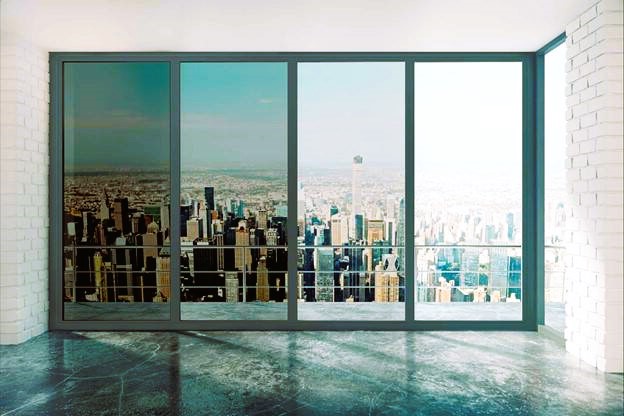As technology continues to advance, it has made its way into various aspects of our lives, including our homes and buildings. One area where technological innovation has taken center stage is in the realm of windows. Smart windows, also known as dynamic windows or switchable windows, are revolutionizing modern architecture with their ability to dynamically control light, privacy, and energy efficiency. In this article, we will explore the rise of smart windows and the ways they are transforming the way we interact with our built environment.
What are Smart Windows?
Smart windows are technologically advanced windows that can change their properties in response to external stimuli or user controls. They are designed to provide improved energy efficiency, better control over natural light, and enhanced privacy. Here are a few types of smart windows commonly used today:
- Electrochromic Windows: These windows use an electrochromic material that changes its transparency when a small electric current is applied. By adjusting the voltage, users can control the amount of light entering the space and regulate the level of privacy.
- Thermochromic Windows: Thermochromic windows change their tint in response to temperature fluctuations. They can automatically darken or lighten based on the outside temperature, helping to reduce solar heat gain during hot periods and allow more natural light during colder periods.
- Photochromic Windows: Photochromic windows change their tint in response to UV light exposure. When exposed to sunlight, the windows darken to block excessive glare and heat, while they lighten in the absence of UV radiation.
- Suspended Particle Devices (SPD) Windows: SPD windows consist of a film containing microscopic particles that can be aligned or disordered by applying an electric current. When the particles align, the window becomes transparent, and when they disperse, the window darkens.

Benefits of Smart Windows
The integration of smart windows in modern architecture offers several benefits:
- Energy Efficiency: Smart windows contribute to improved energy efficiency by dynamically controlling the amount of natural light and heat entering a space. By reducing the reliance on artificial lighting and HVAC systems, they help reduce energy consumption and lower utility costs. High performance options for energy efficient windows are fiberglass frames.
- Enhanced Comfort: With smart windows, occupants can regulate the amount of natural light and glare in a room, creating a more comfortable and visually pleasing environment. The ability to adjust the windows’ tint also allows for privacy control without sacrificing the view.
- Sustainability: By optimizing natural lighting and reducing the need for artificial lighting, smart windows promote sustainability in buildings. Additionally, the ability to regulate heat gain and loss contributes to a more energy-efficient and environmentally friendly structure.
- Design Freedom: Smart windows offer architects and designers greater design flexibility. The ability to control the transparency and tint of the windows allows for creative manipulation of light and visual effects, enhancing the aesthetics of a building’s façade and interior spaces.
Integration with Smart Building Systems
Smart windows can be seamlessly integrated with other smart building systems, creating a comprehensive and interconnected environment. They can be connected to building automation systems, allowing for centralized control and automated adjustments based on pre-set parameters such as time of day, occupancy, or weather conditions. Integration with sensor technologies can further optimize the performance of smart windows by providing real-time data on light levels, temperature, and occupancy.
Considerations and Standards

While smart windows offer numerous benefits, there are considerations to keep in mind:
- Cost: Smart windows generally come at a higher initial cost compared to traditional windows. However, the long-term energy savings and increased comfort they provide can offset the initial investment.
- Maintenance and Lifespan: Like any technological system, smart windows may require occasional maintenance or repairs. It is important to follow manufacturer guidelines and ensure regular upkeep to maximize their lifespan and performance.
- Compatibility: When integrating smart windows into a building, compatibility with existing infrastructure and systems should be considered. Collaboration with experienced professionals and adherence to relevant standards and protocols can help ensure smooth integration.
Industry Standards and Resources
To learn more about smart windows and industry standards, you can refer to the following resources:
- Wikipedia – Smart Glass: Link to Wikipedia’s Smart Glass page
Conclusion
Smart windows represent a significant advancement in modern architecture, offering improved energy efficiency, enhanced comfort, and design flexibility. As technology continues to evolve, smart windows are expected to become more prevalent in buildings, transforming the way we interact with our surroundings. By embracing these innovative solutions, we can create sustainable and intelligent environments that cater to the needs of occupants while reducing our impact on the environment.

